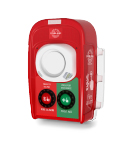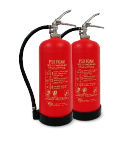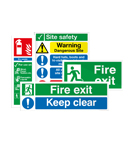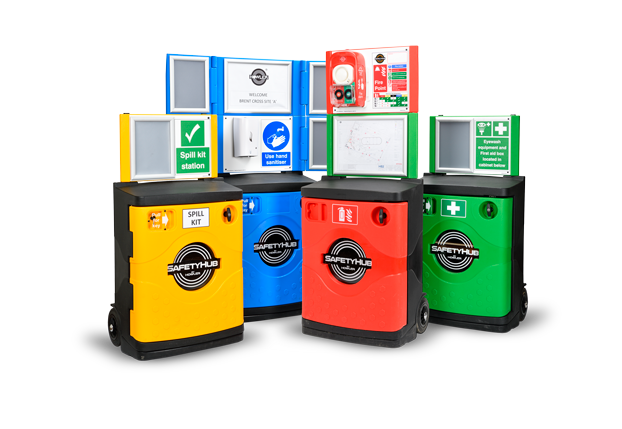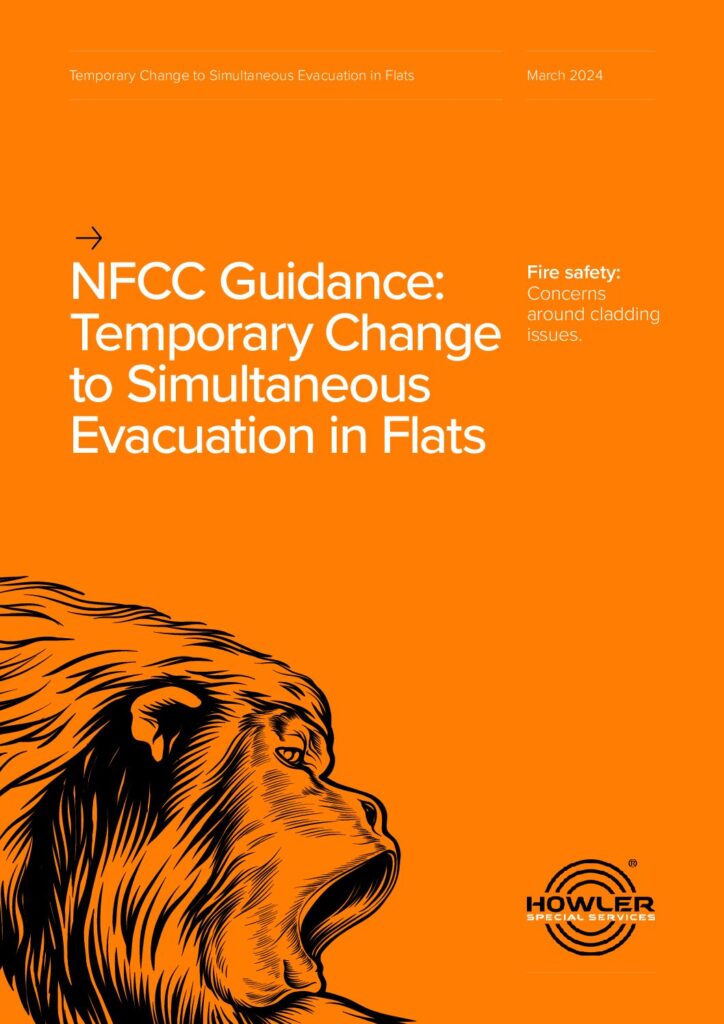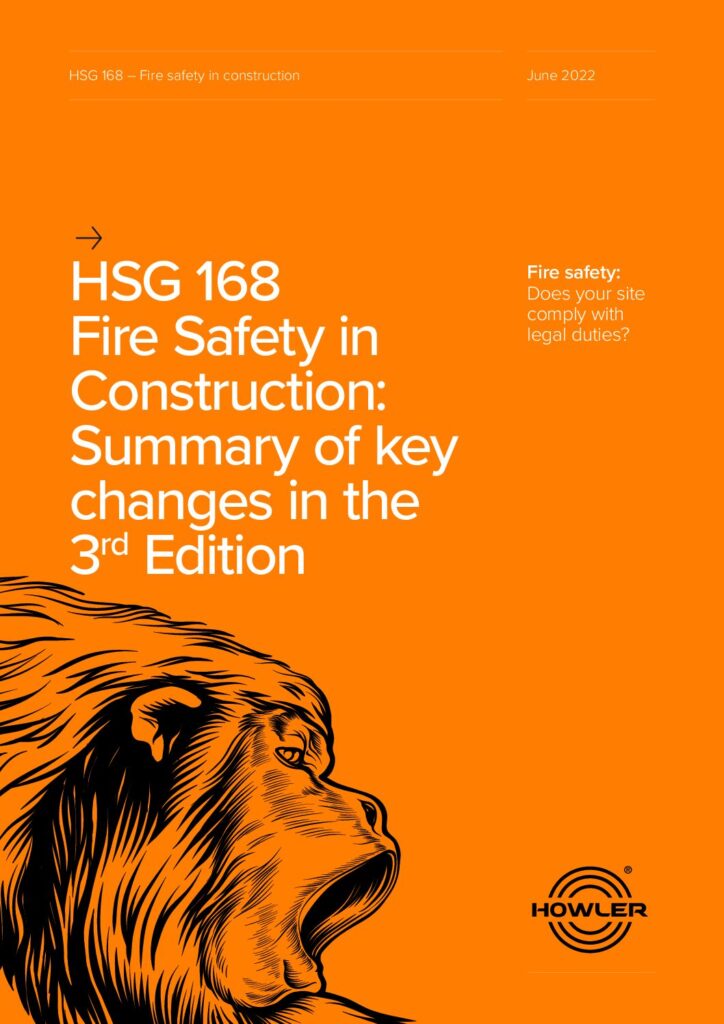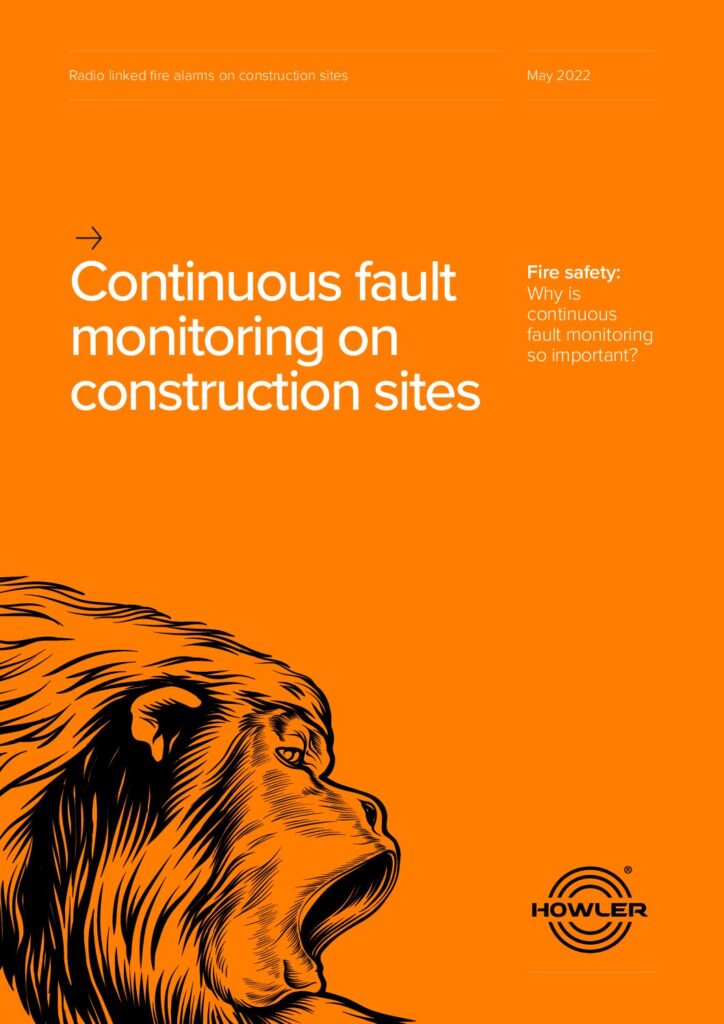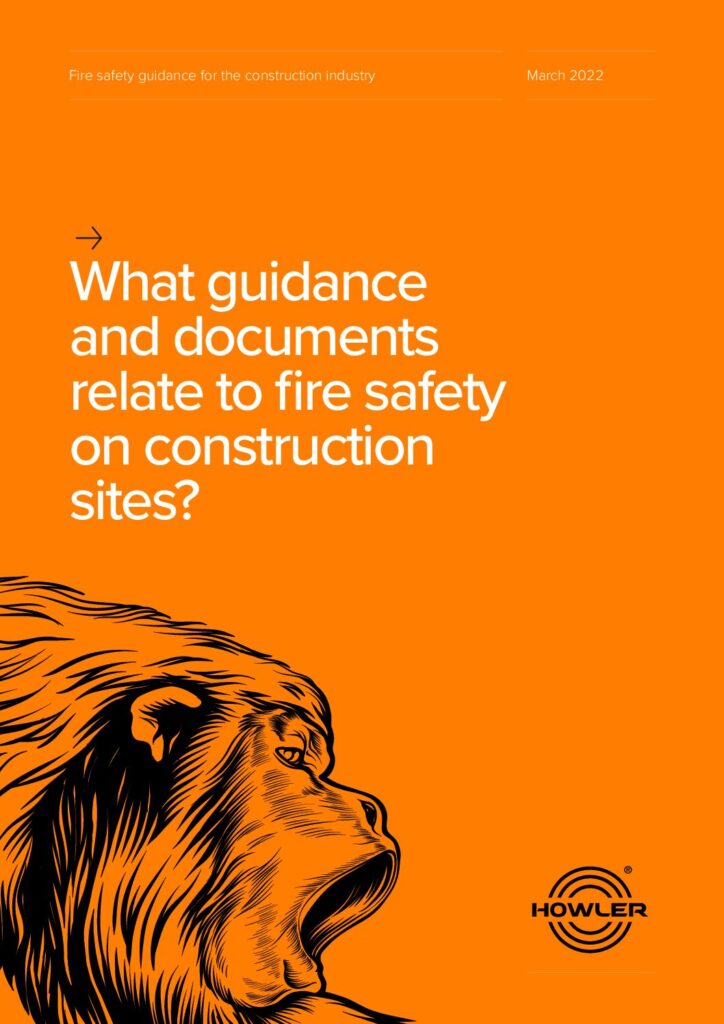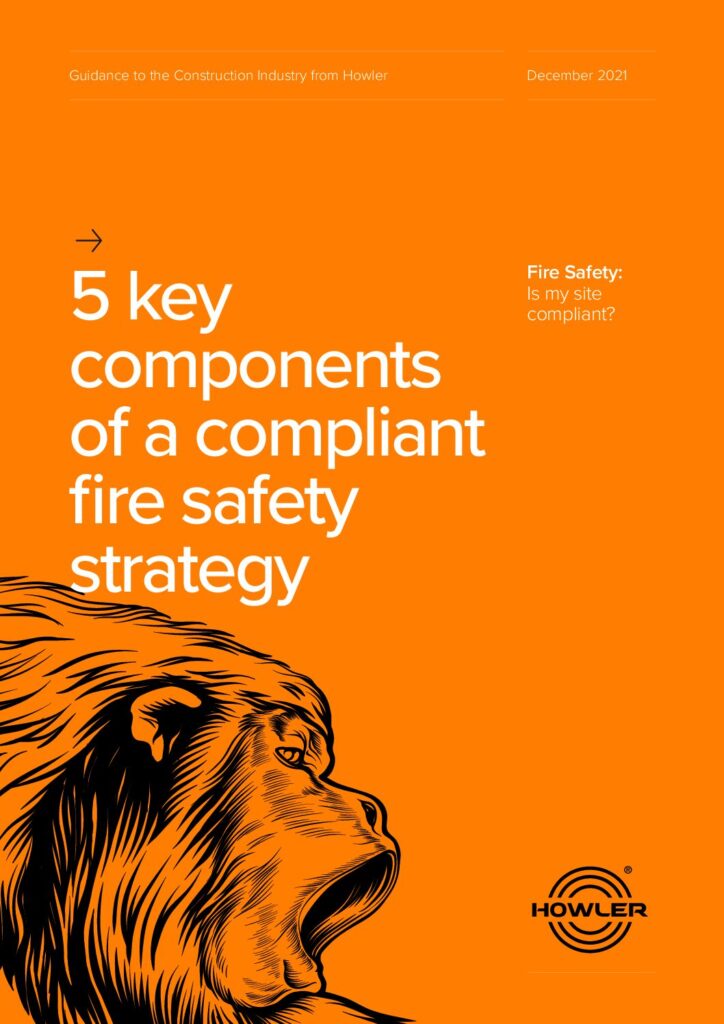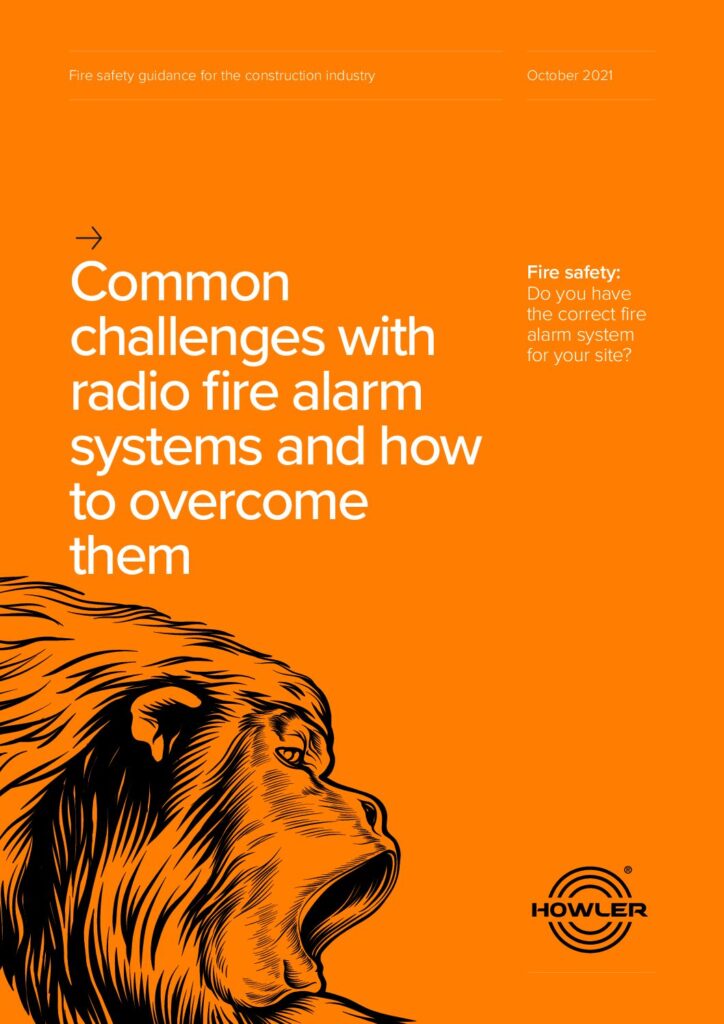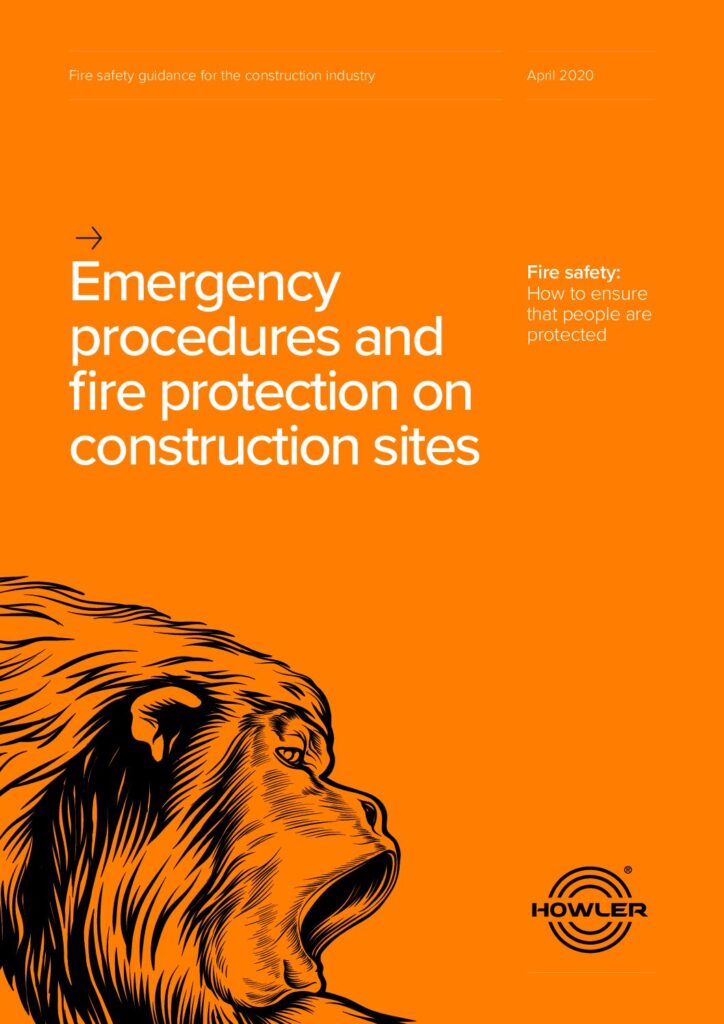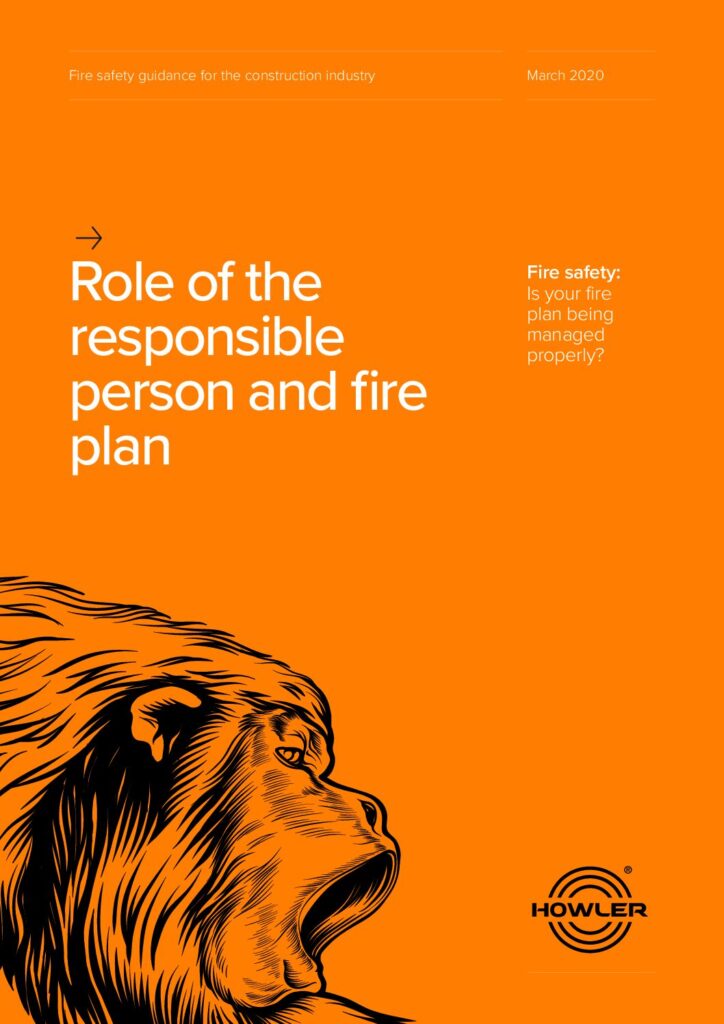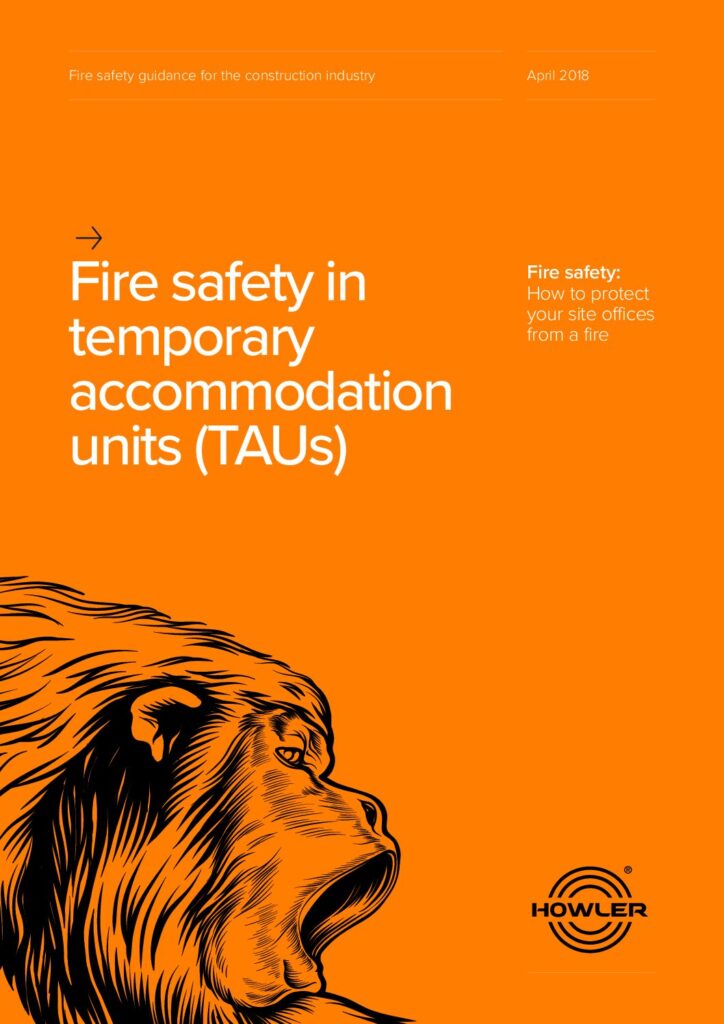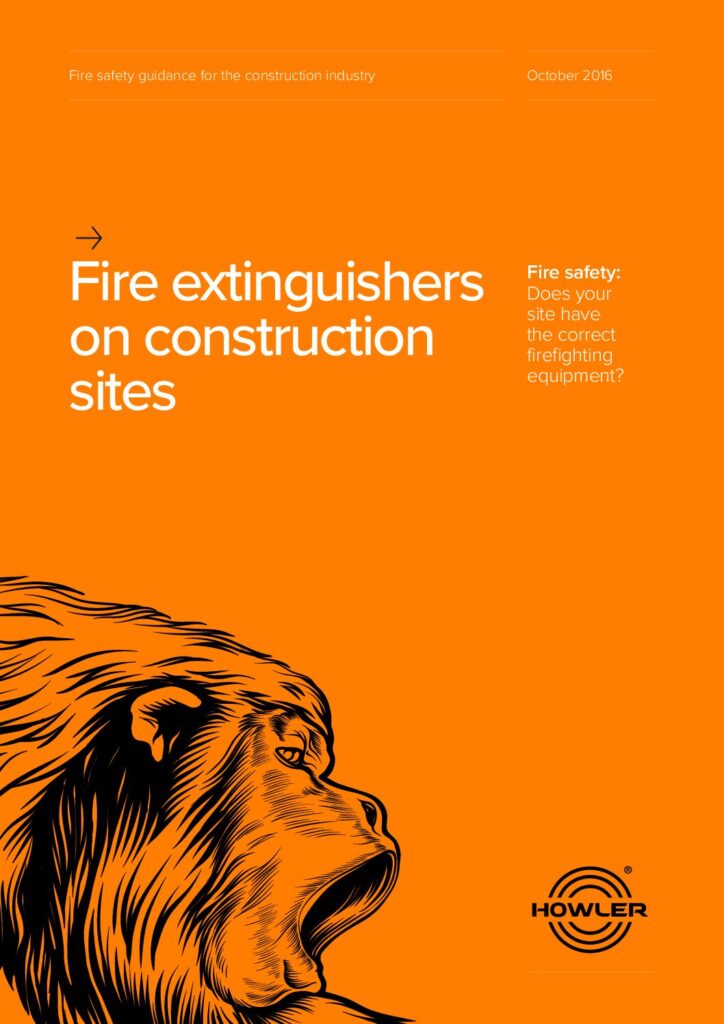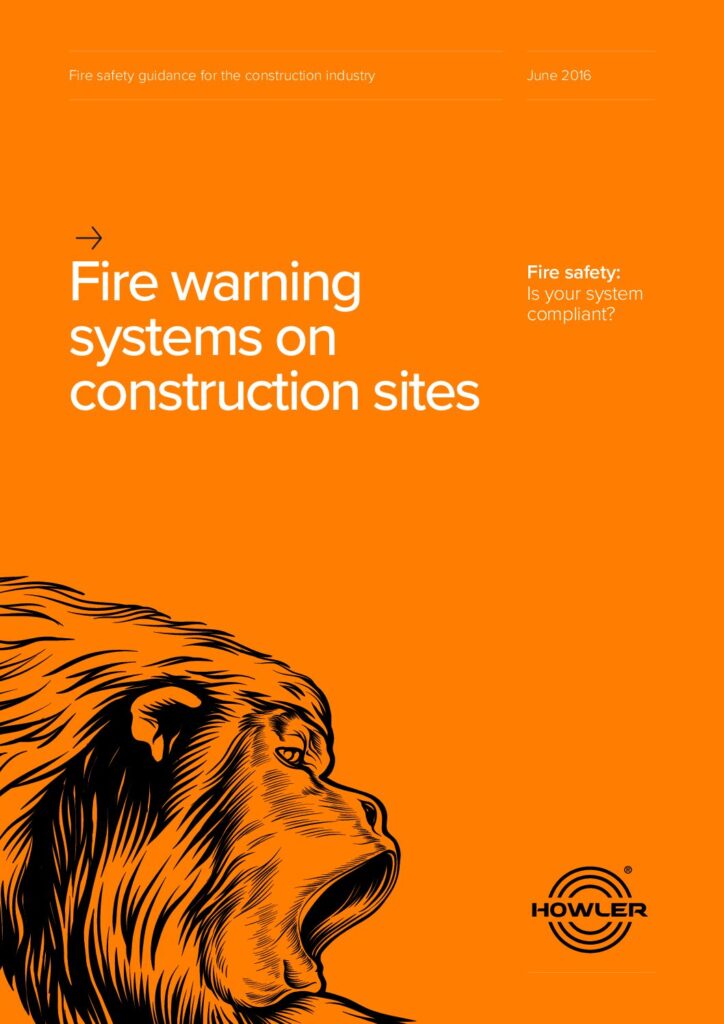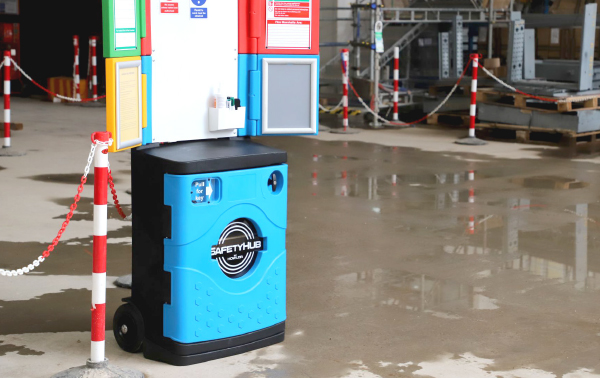Use of Water Based Fire Extinguishers on Live Electrical Risks
The purpose of this whitepaper is not to present the arguments for or against such fire-fighting equipment, but
simply to explain what compliance with British Standard (BS 5306-8: 2023) requires. The relatively recent update contains very specific requirements around electrical risks
NFCC Guidance: Temporary Change to Simultaneous Evacuation in Flats
Following the unprecedented national tragedy at Grenfell Tower in June 2017, the National Fire Chiefs Council issued guidance to property managers about steps to be taken where there were concerns around cladding issues. As time went by and more information became available, the guidance was periodically updated and refined. The latest version was issued in August 2022.
Download fileJoint Code of Practice 10th edition: what’s changed?
The Joint Code of Practice for construction sites was first developed in the early 1990s following two major fires on construction sites that resulted in massive insurance claims. Rather than increase insurance premiums by 500% to cover potential losses, the JCoP was developed as a guidance document to help designers and contractors to recognise and mitigate risks. Never intended as a list of rules and regulations, the JCoP is guidance on how to make sites safer, and to assist the construction industry to maintain ‘best practice’. It is understood that there will always be circumstances where the guidance isn’t workable, but as long as a risk assessment has been competently carried out, and appropriate and safe alternative methods put in place, then the requirements will be satisfied.
Download fileHSG168 Fire Safety in Construction: Summary of Key Changes in the 3rd Edition
HSG 168 explains how everyone associated with construction projects can comply with their legal duties relating to fire risks. The main changes to this guidance relate to the elimination and/or reduction of fire risks at the pre-construction stage as required by the Construction (Design and Management) Regulations 2015. This white paper contains a few observations that may help you review the new edition.
Download fileContinuous Fault Monitoring
On a major construction project, having a network of linked fire alarms is critical to ensuring that in the event of a fire, everyone is warned immediately.
This white paper covers continuous fault monitoring and why it is so important. It also covers why fault monitoring is so fundamental to EN 54 compliance.
Download fileAutomatic fire detection on a construction site: when is it required?
An automatic detection device is normally triggered by either heat or smoke (two different detector options) and linked to the fire alarm system so that when activated, a warning is immediately broadcasted.
The system can also be linked to out-of-hours monitoring where required. So as a general rule, detection is required where reliance on manual activation of the alarm system may not provide adequate warning, either due to an elevated risk of fire (i.e. timber frame projects) or where safe escape may be quickly compromised in the event of a fire (i.e. if there was only one route of escape on a hi-rise project).
Download fileWhat guidance and documents relate to fire safety on construction sites?
This white paper outlines regulatory guidance for construction site fire safety to help the responsible person(s), workforces and management teams mitigate fire risks and comply with regulations.
Although not a legal document of compliance, this white paper contains important fire strategy information and references that are beneficial to implementing the correct procedures and equipment for a fire-safe and compliant site.
Download file5 key components of a compliant fire safety strategy
Should a fire occur on your construction project, the safety of all persons on site will depend largely on a robust Emergency Plan and adequate Fire Protection measures.
This document seeks to outline the key recommendations contained within the well-respected Joint Code of Practice on Protection from Fire of Construction Sites and Buildings Undergoing Renovation (commonly known as the JCOP). It also includes other best practices set out in several other fire safety documents, including HSG 168 Fire Safety in Construction which the HSE issues.
Download fileCommon challenges with radio fire alarm systems and how to overcome them
Most people find fault warnings annoying, but it’s important to see that a system with no warnings is inherently unsafe. It’s much better to know when you need to do something than wait until you have a real emergency and you discover the system is not working.
Download fileEmergency procedures and fire protection on construction sites
Should a fire occur on your construction project, the safety of all persons on site will depend largely on a robust Emergency Plan and adequate Fire Protection measures
This document seeks to outline the key recommendations contained within the well-respected Joint Code of Practice on Protection from Fire of Construction Sites and Buildings Undergoing Renovation (commonly known as the JCOP) and other best practice set out in a number of other fire safety documents, including HSG 168 Fire Safety in Construction which is issued by the HSE.
Download fileRole of the responsible person and the fire plan
On all projects, and at every stage of the project, a Responsible Person must be identified, who will take overall responsibility for fire safety on the project.
On most projects, the ‘Responsible Person’ is actually the principal contractor, who then nominate an individual to fill this role. A Fire Marshal would normally support the responsible person in implementing the fire plan. High risk or larger sites may require more than one Fire Marshal along with deputy(s), as indicated by the Fire Risk Assessment.
Download fileFire safety in temporary accommodation unit (TAUs)
All but the smallest construction sites will have a site office or welfare unit, which are collectively known as TAUs – temporary accommodation units. As they often house electrical equipment and other fire hazards, they need a specific fire risk assessment and a whole section of the HSG 168 ‘Fire Safety on Construction Sites’ document is dedicated to TAUs.
Our downloadable guide takes you through the requirements of HSG 168, so you’ll know what rules there are and what fire safety equipment you’ll need, so you can be sure your site accommodation is as safe as possible.
Download fileFire extinguishers on construction sites – how many do I need?
We all know that there is a wide range of fire extinguishers available, with different ones suitable for different types of fires. But do you know how many there should be? Or which types? Or where they should be positioned?
This guide will give you an overview of your responsibilities and walk you through the current legislation and guidance, ensuring that you and your site are fully prepared and properly equipped should the worst happen.
Download fileFire warning systems on construction sites
This publication seeks to summarise the guidance available to the construction industry in relation to temporary fire warning systems used on sites during the construction project, enabling contractors to access concise guidance and achieve compliance quickly.
Firstly we look at the various guidance documents available so that you can be well informed. Secondly we give some tips on selection of systems, ensuring that you have the correct level of coverage for your construction site.
Download file